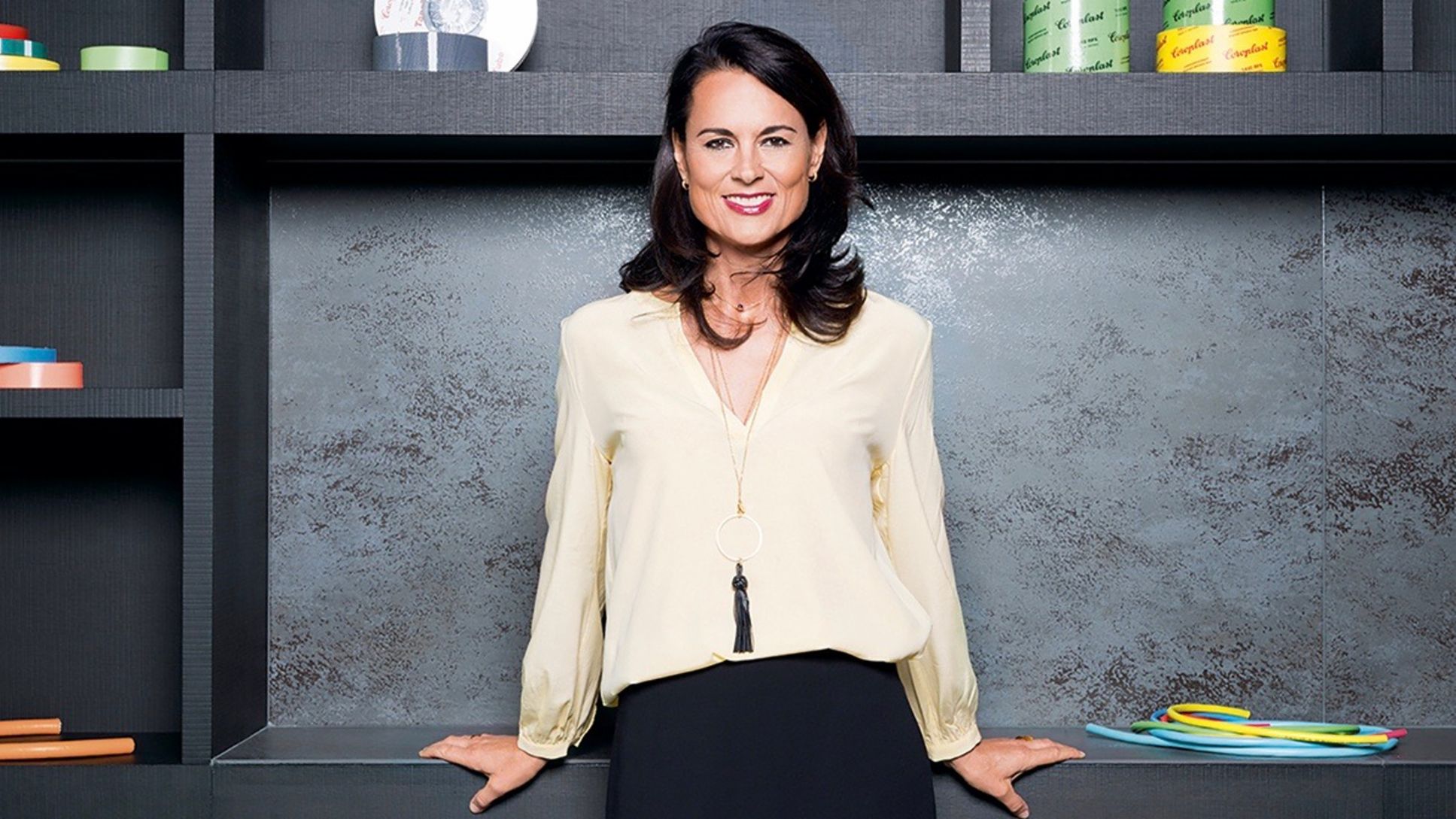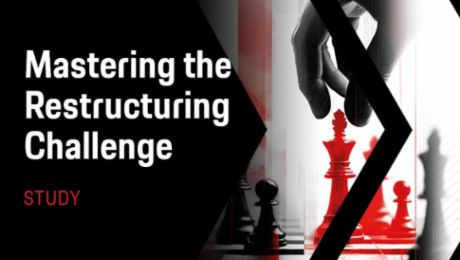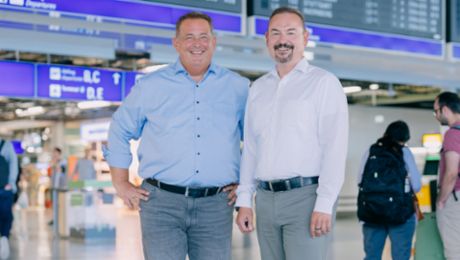Natalie Mekelburger took over as Chairwoman of the Board of Management in 2006. For Coroplast she envisions three independent business units led by a holding company: technical adhesive tapes, wires and cables, and special wire harness assemblies.
As the third generation of her family to take the reins, Natalie Mekelburger could certainly be satisfied with the future prospects of her company. Coroplast is a globally active automotive supplier with some 6,000 employees and a product spectrum whose importance will continue to rise due to current developments in the areas of e-mobility and autonomous driving. The company produces electrical wires and wire harnesses, as well as the technical adhesive tapes that protect them, at thirteen locations worldwide. Coroplast developed special high-voltage wires for electric vehicles as early as 2008.
Natalie Mekelburger took over as Chairwoman of the Board of Management in 2006. Under her leadership, Coroplast’s sales have more than doubled since then—to over €500 million in 2018. An impressive achievement in the mature market of the automotive supplier industry. Even so, the great-niece of the company founder still feels duty-bound to press ahead with the transformation of her company. “There are a number of factors in the automotive industry that indicate a trend toward lower unit volumes in the traditional markets. There are also new players on the market—and we are expecting completely new forms of mobility.”
On the way to a High Performance Organization
Paired with the company’s strong growth, these factors moved the company to develop, in concert with Porsche Consulting, a modified corporate structure adapted to the requirements of the future. The plan envisions three independent business units led by a holding company: technical adhesive tapes, wires and cables, and special wire harness assemblies. “The new structure will increase our flexibility, enhance our ability to innovate, and intensify customer relationships,” says Mekelburger. “We will use these three factors to measure our corporate performance, which we aim to improve further. At the same time, we retain our group structure and offer the three operational units centralized points of contact through the active holding company, which will support their work and define the overarching culture.”
“The new structure will increase our flexibility, enhance our ability to innovate, and intensify customer relationships.” Natalie Mekelburger
Structural and process organization as well as the interfaces between the holding company and the business units were precisely defined based on the principle of “as much decentralization as possible, as much centralization as necessary.” The new structure offers several advantages. One of them is the greater ease with which acquired companies such as start-ups can be integrated. Mekelburger stresses that not everything will change in the new organizational form: “We, the central company, won’t be issuing arbitrary sales targets to the units.” Rather, the units will continue to define their market potential and derive the sales targets from that—though the targets will be binding at that point. “We’re building on the entrepreneurial drive of the individual units. We think that’s a more authentic approach: organizations generate a lot of ambition and work with a great sense of personal responsibility when they set their own market-appropriate goals.” The corporate figures bear her out: “In recent years the business units have always exceeded their own expectations.”
Agenda for the digital transformation
One important component along the way to a High Performance Organization (HPO) is the digital agenda that Coroplast developed together with Porsche Consulting in a second project. The project is directed by a centralized digital transformation unit anchored in the new organizational structure.
The new unit is the happy result of the digital blueprint that the Porsche consultants developed with Coroplast. The blueprint set forth various areas of activity that are currently being checked off the list. The first elements were the smart factory and digital office. The latter means that all people involved in a project work interactively with the same set of documents, which is stored in the cloud. Natalie Mekelburger describes the goal: “In five years we will be a paperless company. That is the vision we are pursuing.” The digitalized processes will cover the entire workflow and ultimately make work simpler for all involved—including customers. In the second area of activity, the smart factory, Coroplast is already well under way, as a glimpse into the Wuppertal production facility amply demonstrates. An innovative manufacturing execution system (MES) is intended to give a further boost to the transparency and efficiency of production processes.
Inspiration in the workplace
Moving beyond all questions of organization and structure, time and costs, for Mekelburger there is one further aspect that can never be neglected when it comes to digitalization projects. As she notes, “The culture has to be a good fit. And that is one of the reasons why we opted for a collaboration with Porsche Consulting. We think freely and openly here and that applies to consulting projects as well.” A glance at the spaces created by the company is enough to illustrate the point. For instance, the spacious new lounge on the top floor of the company headquarters. Visitors, be they management or employees, are greeted when they walk in by various seating areas with a fireplace, comfortable sofas, and a large terrace. Far from following any new trends, with this space Coroplast is simply taking to its logical conclusion a principle that has always characterized the company: “The workplace should not only be a place of exertion, but also inspiration,” says Mekelburger. Every floor also has works of modern art, which the company vigorously supports.
With the new corporate structure and the digitalization projects, Coroplast finds itself well positioned to face market conditions that, as Natalie Mekelburger sees it, are certainly not becoming any easier: “We have to be extremely reactive and grow along with mobility, whichever form it takes. If we’re able to achieve that in the next ten to fifteen years, it will be a big accomplishment. But to do that, we have to act in a customer-focused and flexible manner. Together with Porsche Consulting, we have created the primary prerequisites to be successful in that effort.”




